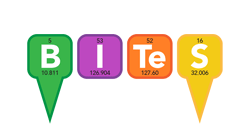On behalf of IONiC (The Interactive Online Network of Inorganic Chemists) and the Division of Inorganic Chemistry (DIC), I would like to invite you to participate in the eighth annual "Undergraduate Research at the Frontiers of Inorganic Chemistry" Symposium and Poster Session to be held at the Spring 2015 A
